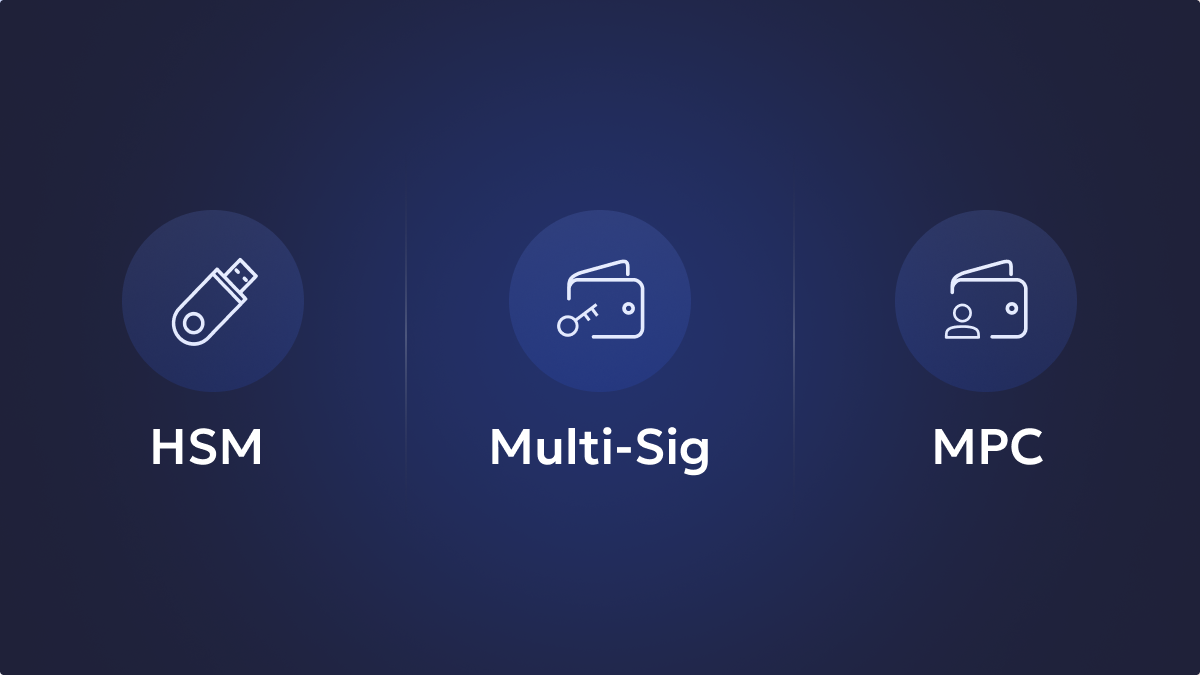In recent years, several Ethereum-related layer-2 (L2) scaling solutions have emerged with the sole aim of improving the usability of one of the prominent blockchain protocols with myriad use cases. Being the most prominent DeFi network, scalability issues can leave a sour taste with users who pay sky-high fees and wait long for transaction execution. Regardless, Ethereum’s decentralization and security remain top-notch, making it indispensable without a viable alternative.
These L2 solutions attempt to address the shortcomings of the Ethereum protocol by making scalability an achievable feat, enabling near-instant transaction confirmations at significantly lesser fees while relying on the security and transparency provided by Ethereum. Even though the list of such auxiliary solutions contributing to enhanced usability of the Ethereum protocol is long, Arbitrum Protocol stands out.
So, what is Arbitrum?
Arbitrum is one of the fastest growing, optimistic rollup-based L2 infrastructure solution that allows users to rely on Ethereum’s security whole, enjoying tremendous throughput rates. In comparison to Ethereum’s ability to execute 10 transactions per second (TPS), the Arbitrum protocol has the capacity to handle over 4800 TPS, which makes it very attractive to DeFi protocols and their user base.
Unlock the potential of digital assets for your institution
What’s Behind Arbitrum’s Rapid Ascension on the L2 Solutions List?
Factors such as rapid transaction settlements, low fees, and easy migration of dApps from Ethereum make Arbitrum the biggest chain by TVL (total value locked). On top of all that, the protocol recently introduced its native token, ARB through a massive Arbitrum airdrop campaign. Hundreds of thousands of wallets that previously interacted with the network received them. While the amount received by each participating wallet varied based on the eligibility parameters, it averaged over $2000 worth of ARB per wallet. Following the airdrop, the influx of users witnessed an exponential rise, causing the Arbitrum network’s TVL to surpass a whopping $2 billion.
Further, liquidity provision on the network is expected to witness continued ingress of funds to the tune of several million, thanks to the brand-new ARB tokens. Arbitrum’s TVL will grow with added liquidity from native ARB tokens and other assets arriving from different networks through Arbitrum bridges. The inclusion of support for Arbitrum on prominent dApps combined with the emergence of newer native dApps on the protocol will sweep in more value to the ecosystem by turning it into a powerful DeFi ecosystem. The ongoing transformation of Arbitrum places it high on the list of L2 protocols.
Arbitrum May Be at The Centre of Security Default
It is safe to say that Arbitrum’s DeFi ecosystem is booming with innovation and capital. However, DeFi protocols must emphasize security now more than ever. The massive flow of funds in the ecosystem housing these protocols heightens their risk of being exploited. Presently, many dApps are witnessing increased usage and transaction rates. Naturally, their wallets store large amounts of funds coming from users. This concentration of funds in dApps’ wallets makes them attractive targets for on-chain looters.
Secure and manage your digital assets with Liminal
dApps on all burgeoning and established networks face the issue – cybercriminals want to ransack the dApp infrastructure to get their hands on the value locked in the protocols. Smart contract exploits, wallet vulnerabilities, and malicious transactions are just a few measures they implement to deplete large sums of crypto assets.
Arbitrum-based protocols must introduce the needed layers of security to ward away exploit attempts. DeFi platforms exposed to vulnerabilities are the biggest turn-off for users, leading to a loss of reputation that pushes them towards secure alternatives. Secure operations will save projects the headache of losing funds and users.
Furthermore, the increased network traffic is putting tremendous loads on Arbitrum’s node infrastructure. Amplified usage may cause network outages due to overwhelmed infrastructure traffic handling capabilities. Arbitrum, in the not-so-distant past, suffered a series of downtime due to hardware-related issues. One can assume they may repeat, especially with the number of users it presently caters to. Incidents of network downtime are hazards for protocols utilizing the network, as sudden outages can lead to paused and unfulfilled transaction executions, potentially resulting in lost assets.
An Improvised Security Framework for All Leading Arbitrum Protocols
With Arbitrum’s rise to become one of Ethereum’s most used L2 solutions, participants in the ecosystem must up their security game. Funds, once lost or stolen, are gone forever and can cause much distress to users and protocols.
Crypto asset storage and management solutions can offer secure infrastructure for individuals, projects, and institutions, enabling them to mitigate risks. Liminal’s self-custody solution incorporates a combination of HSM and MPC-based wallet infrastructure to provide the highest level of security for a range of crypto assets, including ARB and other tokens on the Arbitrum Protocol.
On Liminal’s Self-custody wallets, the requirement for multiple signatures combined with layers of obfuscation protecting the private keys offers considerable security, which is further augmented by the implementation of Policy Shield. Users can pre-define parameters, including whitelisted addresses, spending, and transaction limits to ensure that the funds are not only safe in custody but also transferred only to trusted addresses, leaving very little room for errors.
Meanwhile, centralized crypto platforms dealing with significant volumes of crypto assets can benefit from Liminal’s enterprise wallet infrastructure, which is a combination of hot, cold, and warm multisig/MPC wallets that help automate the storage and movement of large amounts of crypto assets with multiple layers of security. Further, these custody solutions work seamlessly with Liminal’s DeFi integrations, allowing users to safely interact with DeFi protocols from a secure, unified dashboard.
The suite of crypto asset custody and management solutions offered by Liminal allows users to protect their assets from multiple forms of security exploits, which would otherwise result in loss of funds. By ensuring only those in charge remain in complete control of funds, Liminal presents as an ideal solution, not only for dApps on Arbitrum that presently need heightened security protocols but also for crypto platforms, investors and even individuals interacting with Arbitrum as well as any other supported protocols.






